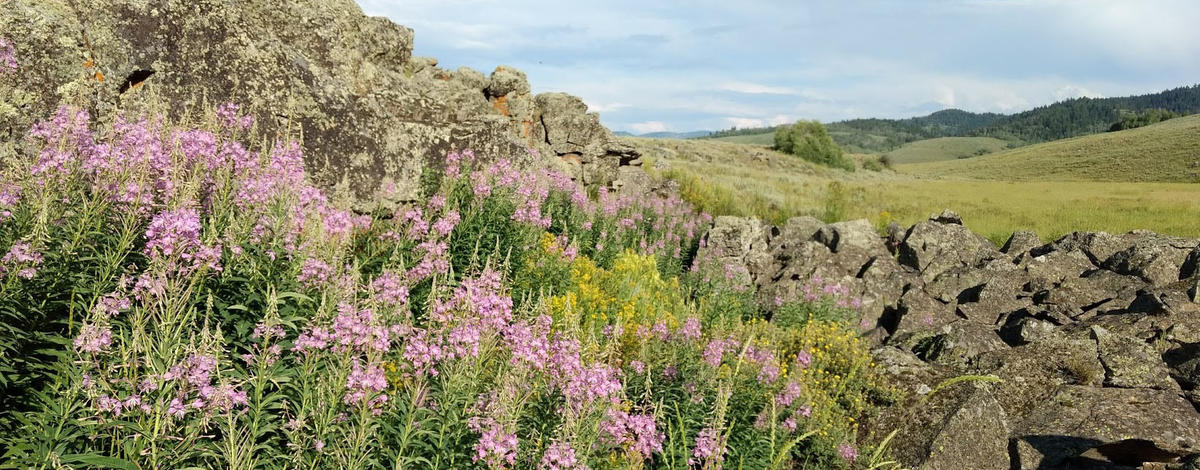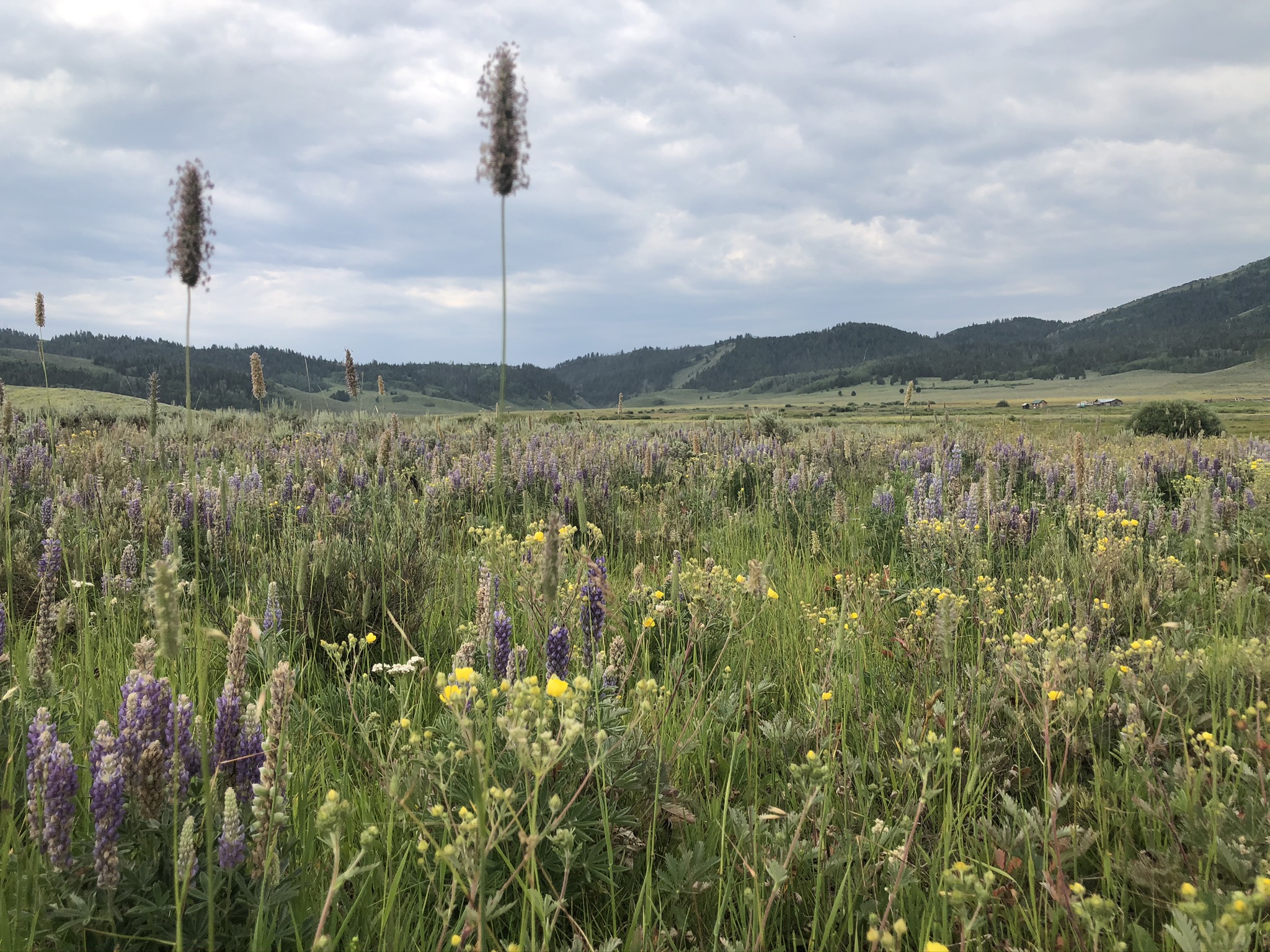The riparian, upland, and forest habitats of the Blackfoot River WMA offer a rich variety of resources for fish and wildlife.
- Many species of waterfowl and water birds nest and rear their young on the WMA.
- The aspen complexes provide fawning and calving areas for deer and elk.
- Upland species on the WMA include blue and ruffed grouse and occasionally sharptailed grouse.
- The headwaters of the Blackfoot River provides spawning and rearing habitat for native Yellowstone cutthroat trout.
Of all these habitats, the headwaters of the Blackfoot River and the cutthroat fishery are the primary focus of the WMA.
The Lanes and Diamond creeks merge at the east edge of the property to form the Blackfoot River. The first seven miles run through the WMA where it had long been an exceptional adfluvial Yellowstone cutthroat fishery. While catches of 5-pound cutthroat were not uncommon, anglers observed a decline in the fishery starting in the 1960s.
Since the property became a wildlife management area, several stream rehabilitation projects helped enhance fish habitat. A section of a tributary that had been diverted was returned to its original channel. Several bank stabilization projects, willow plantings, and removing livestock from the stream banks have all help renew vegetation and stabilize the river corridor.
Additional research identified another impact on the fishery. The number of American white pelicans on Blackfoot Reservoir was growing, and biologists discovered they were eating a lot of Blackfoot River fish, especially during their migration from the Reservoir to the headwaters to spawn. Managers have been taking steps to limit the nesting colony in order to reduce predation on Yellowstone cutthroat.
New developments are expected to adversely affect the WMA. Current phosphate mining exploration on the edges of the WMA and a proposed open pit mine on a portion of the WMA are likely to impact wildlife habitat, species composition, water quality, and wildlife use. Proper reclamation and mitigation are being sought for these activities.


